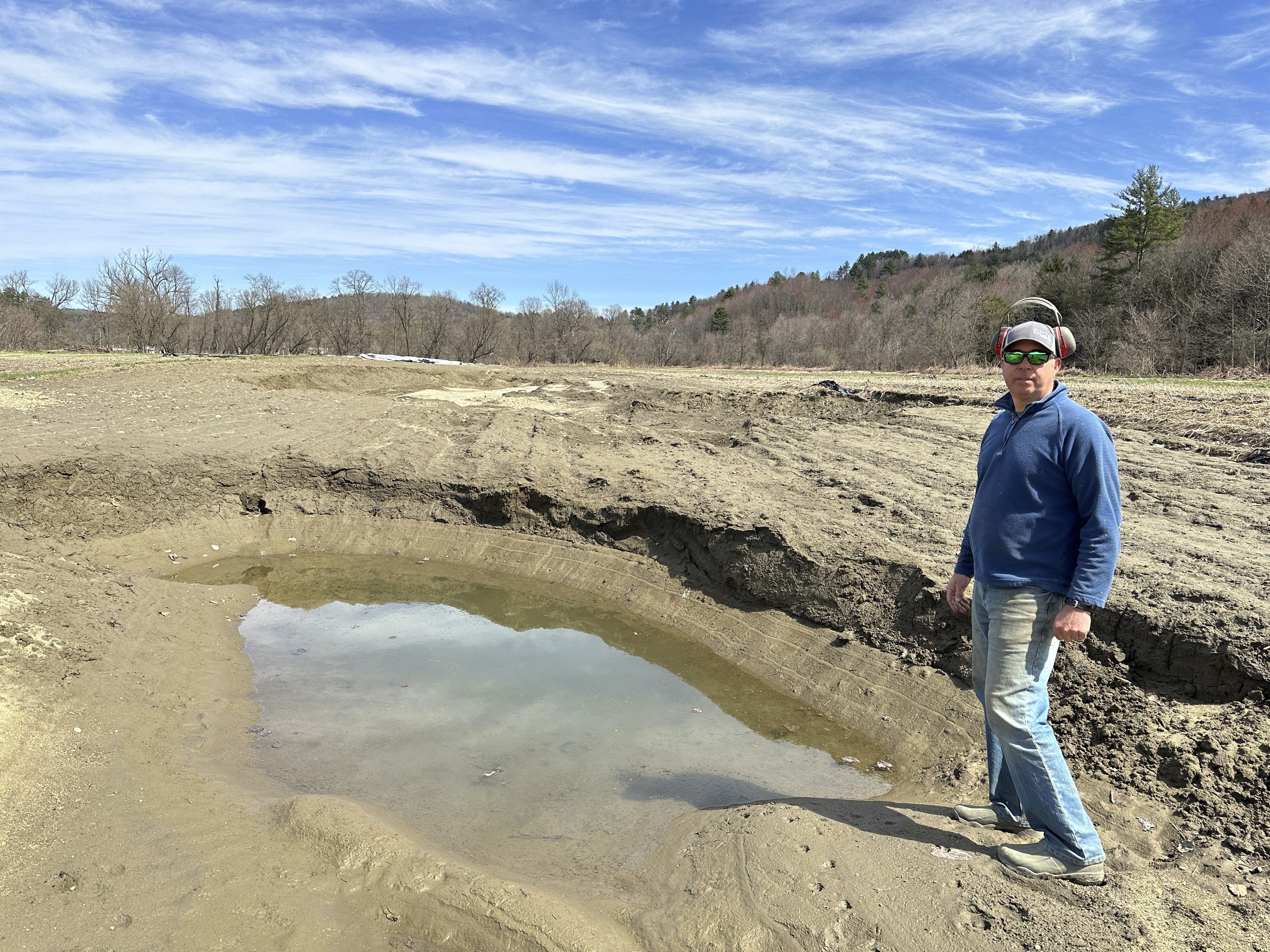As the state of Vermont renews its focus on helping its most vulnerable residents affected by the opioid addiction crisis, a high-profile visitor from North Dakota sought to learn from the state’s successes thus far.
Wednesday, a roundtable discussion convened at Lund, a nonprofit focusing on parenting and healthy pregnancies. At the meeting, health professionals and social service providers discussed efforts to reduce the number of Vermont kids born exposed to opioids in the womb.
The first lady of North Dakota, Kathryn Helgaas Burgum, attended the meeting to gather information her state may benefit from. She has been on a multi-state tour, including to Massachusetts, to gather information on how states are confronting the addiction crisis.
Gov. Phil Scott, R-Vermont, said at a press conference Wednesday that nearly every day, at least one baby in his state is born to a mom addicted to drugs or working to get clean.
“We can make progress,” Scott said.
As necn reported in 2014, the University of Vermont Medical Center has adapted to the rise of the problem, with fresh approaches to care to help wean drug-exposed newborns off side effects.
The hospital has also teamed with child welfare experts and non-profits to address unique challenges facing pregnant addicts.
"Just because someone does bad things, doesn’t make them a bad person, or a bad mother," said Megan McCarthy, a young mother who is in recovery from heroin addiction.
McCarthy said she was receiving medication-assisted treatment when pregnant with her kids, who are now seven months and four years old.
Vermont
The latest news from around the state
"My children have their mom," McCarthy said. "And they wouldn’t have that–or who I am now–if I was still using [illegal drugs]."
Vermont has drawn praise in recent months and years for successes with its innovative “hub and spoke” model, which set up regional drug treatment centers statewide to slash drive times and wait lists.
The model also connects clients with individualized care teams.
Helgaas Burgum said she traveled to Vermont from North Dakota to learn about its approach, as she and her governor husband look for fresh ways to tackle the opioid crisis there.
It’s a priority for Helgaas Burgum, who said she is a recovering alcoholic.
"It’s not a moral failing or a character flaw, it’s a disease," she said of addiction.
North Dakota’s first lady also referred to Vermont as her "new best friend state," for all she said she learned about approaches to making treatment more available to people seeking it—especially the hub and spoke method.
But even in a state long considered a leader in confronting opioid use disorder, advocates on the front lines say Vermont could be doing better, including with drug-exposed infants.
"Imagine if we made it easier and less scary for people to ask for help," said Barbara Rachelson, the executive director of Lund.
According to Ken Schatz, the commissioner of Vermont’s Department for Children and Families, an opioid coordination council is now considering recommendations for future areas the state should focus on.
Those recommendations may include ways to achieve earlier interventions with moms battling addiction, Schatz said, and not just treating the disease—but tackling related struggles like parenting skills and housing.
Schatz said Vermont has seen a 30 percent increase over the past three years in children entering the custody of DCF. He said the number of very young children has particularly surged, in large part because of the opioid crisis.
"It’s not going to change overnight," cautioned McCarthy, who had a request for stakeholders looking to stay on top of the drug crisis and its effects on families. "There just needs to be more compassion."



